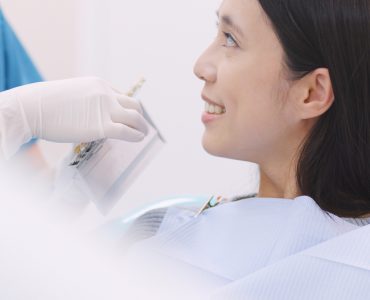One or both members of the family can use various devices and techniques to avoid unwanted pregnancies and eventual child birth. All these methods that are used to prevent pregnancies are known as contraceptives, and devices used to ensure this are known as contraceptives. There are many different types of contraceptives in use today; barrier contraceptives are devices like the condom or female diaphragm which in essence just blocks the path of the sperm in the vaginal canal. Other devices such as the intrauterine device are implantable devices which act as contraceptives, then there is the oral contraceptive or the pill as it commonly known, these are a combination of hormones which inhibit ovulation and in turn avoid pregnancies. Other methods of contraception include periodic abstinence sub dermal implants and vasectomies or sterilization surgeries. Induced abortions or elective termination of pregnancies can be used when contraception fails. One of the most common methods of contraception in use today is the oral contraceptives, condoms, and coitus interrupts or withdrawal. All these methods have there advantages and disadvantages and one should remember that each method except complete abstinence and surgery can fail. Over several years pregnancy rates are <1%/yr with oral contraceptives, and sub dermal progestin implants and about 5%/yr with coitus related methods. However one should remember that condoms are by far the best method of contraception as they have an added advantage of protecting against sexually transmitted diseases. Emergency contraception taken after fertilization occurs should not be used as a definite or regular method of contraception. How they work, Condoms; is the only reversible effective male method other than withdrawal. If used properly the condom does provide substantial protection against STD’s (only latex provides protection against HIV). The condom should be worn before penetration and one should remember not to wear it too tightly and about half or 1/4th be left outside the tip of the penis to collect the semen n ejaculation. The proper usage of condoms result in effective contraception and only about 3 to 4% pregnancies a year are reported even after condom use. The diaphragm is another common contraceptive method, it is a dome shaped rubber cup which fits over the cervix and acts as a barrier to the semen. Spermicides should always be used with the diaphragm to improve the contraceptive effectiveness in case the diaphragm is displaced during coitus. Another similar device is the cervix cap but this should always be fitted by a healthcare professional. Other products such as vaginal suppositories, creams and foam should be placed within the vagina before the coitus. Oral contraceptives provide a negative feedback to the hypothalamus, inhibiting the release of GNRH, so that pituitary does not secret gonadotropins for midcycle stimulation of ovulation. The endometrium in turn becomes thin and the cervical mucus becomes thick and impervious to sperm. The major categories of OC are a combination of synthetic estrogen and progestin. They are usually taken on the first day of ovulation for 3 weeks everyday and then not taken for the 4th week to allow for withdrawal bleeding.
Contraception

Let us know if you liked the post. That’s the only way we can improve.












